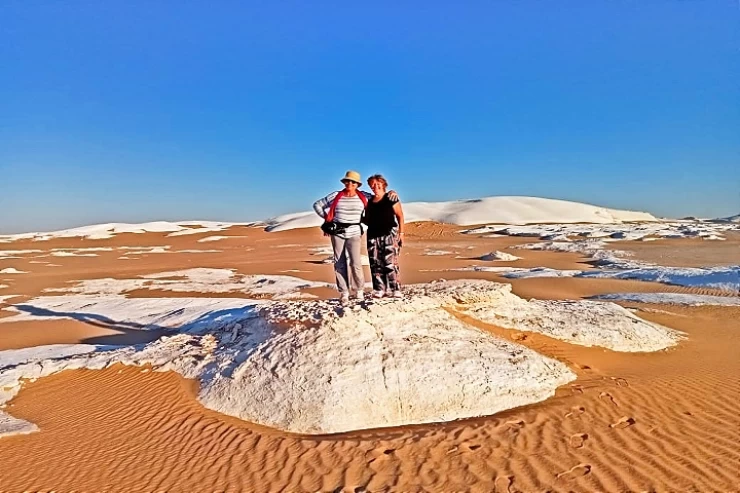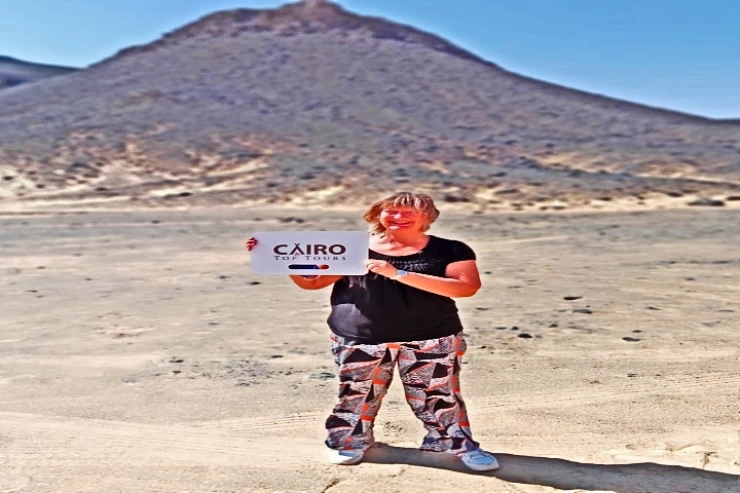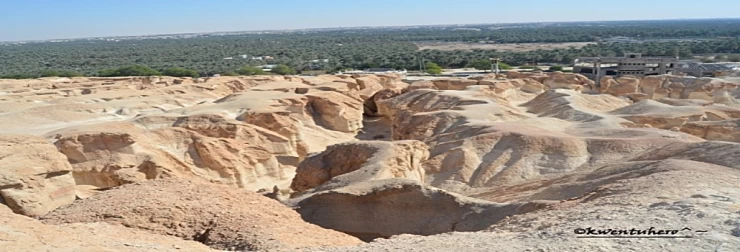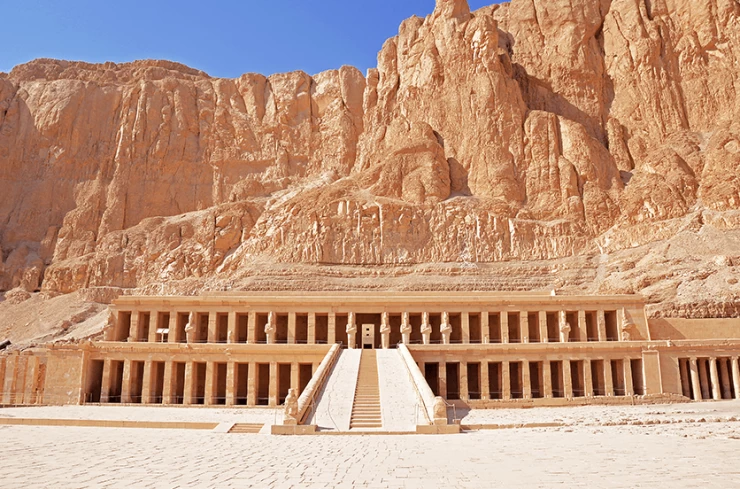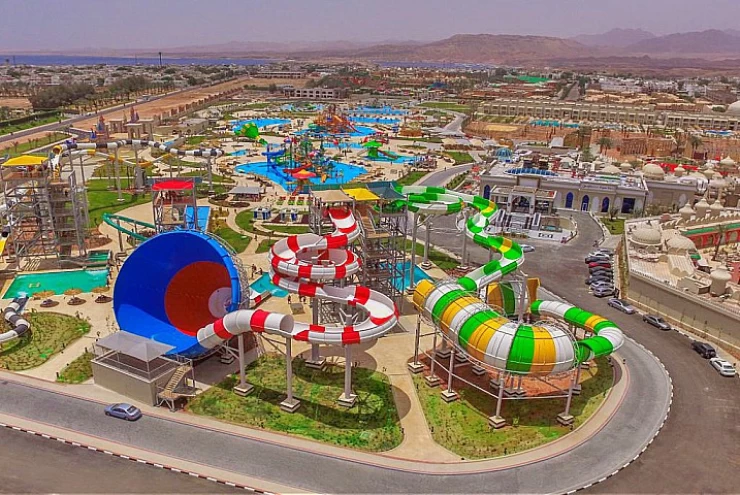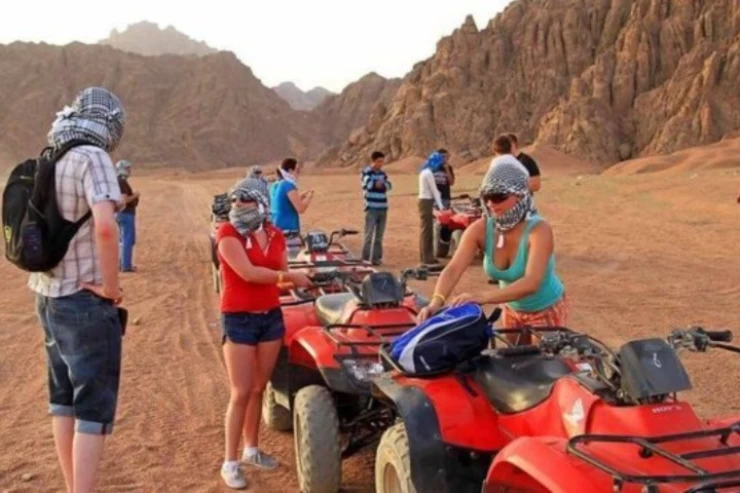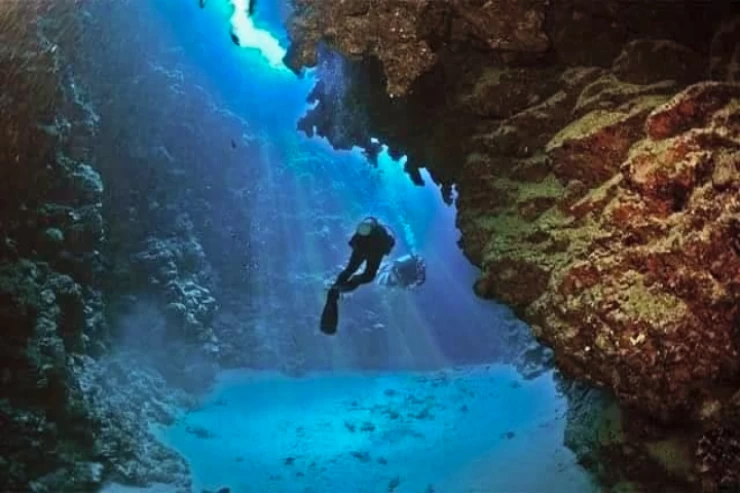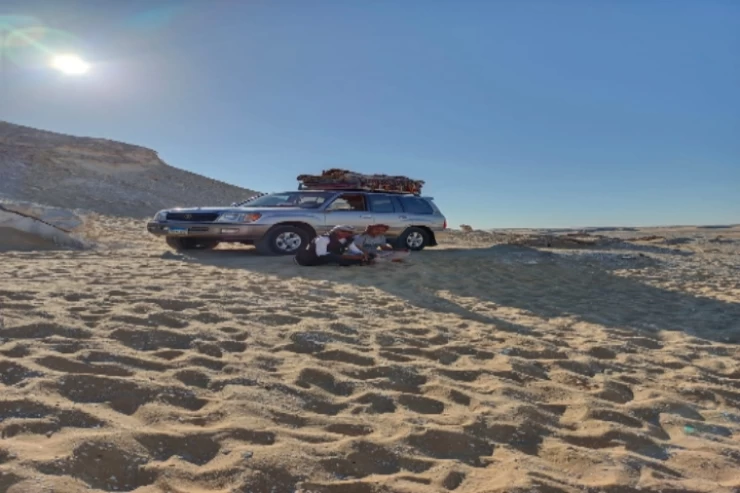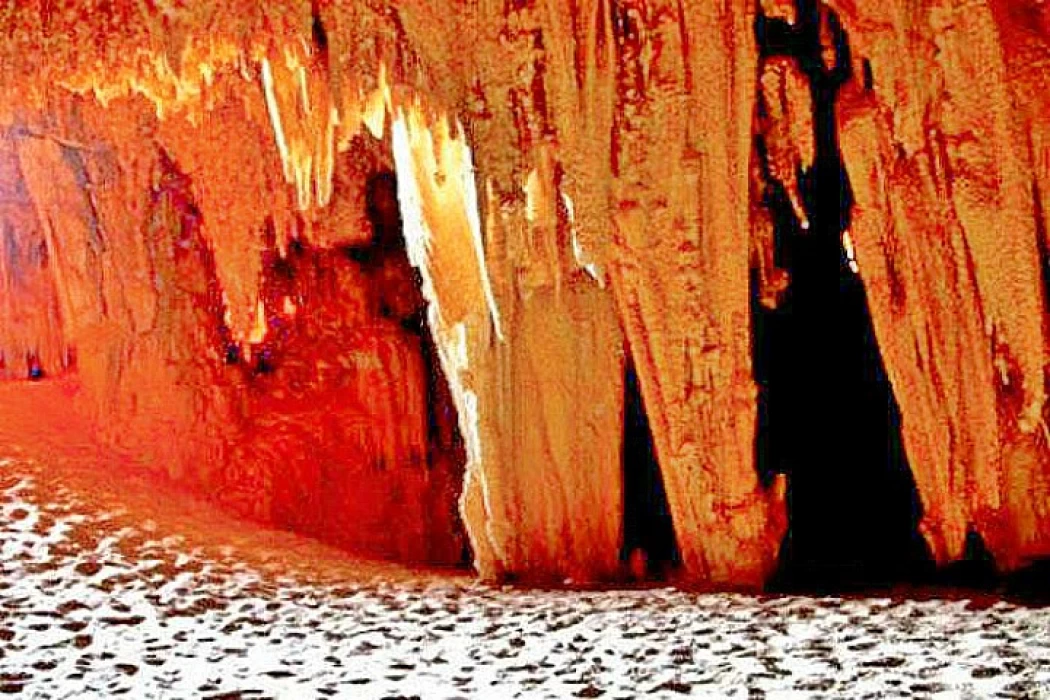
Gara Cave | Djara Cave Egypt | Gara Cave Safari Egypt
Gara Cave
The Gara Cave is located near the Caravan Trail connecting Farafra Oasis and Assiut. known as (Djara Cave), a captivating cave that originated from rain corrosion into the limestone about 55 million years ago. It has glittering rocks. Water melted the limestone to develop the stunning stalactites and stalagmites, artifacts, and rock art also have been found here obviously proving human existence inside the cave throughout prehistoric epochs, probably during the late Neolithic period.
Gara Cave attracts many tourists as it is one of the most important stops on any program for discoverers and adventure seekers. Visited by Egyptians daily because they appreciate such natural preserved sites.
Djara Cave Egypt
It was discovered by an explorer from Germany and rediscovered again at the end of the 20th Century by another German explorer. Gara Cave is one of the superbly captivating caves in Egypt. Nearly 30 meters in width and 8 meters high, it comprises various formations of animals that were carved on its rocks. Excavators suggest that the area which is now a desert used to be inhabited before.
The engravings date to the Neolithic Age, beginning about 10,200BC in parts of the Middle East.
The icicle-shaped rock formations of the cave, produced by the precipitation of minerals from water dripping through it, and its stalagmites offer visitors a rich treat of nature’s work to contemplate and researchers wonderful material to study, archaeologists said.
Gara Cave Safari Egypt
“The stalactites hanging down from the ceiling of the cave-like tree leaves are engineered by nature’s perfect hand,” said Egyptian archaeologist Hussein Abdel Rahman. “My career has taken me everywhere in the Middle East region but I assure you that Gara Cave is unequaled by regional archaeological standards.”
Most visits to the cave start in Cairo and include the White Desert in the nearby Farafra Depression. The White Desert has massive chalk rock formations that were created by the occasional sandstorms in the area.
Other must-see landmarks in the area include the Golden Mummies Museum, the Tombs of Nobles, and the Alexander The Great Temple in the nearby Bahariya Oasis.
Some visitors camp inside the cave, lie on their backs, and contemplate its rock formations. Others enjoy lunch in the open at the foot of the area’s dunes.
Latest Articles
Admin
Seabourn Sojourn Cruise Stops in Safaga Port
The Seabourn Sojourn, the flagship vessel of Seabourn Cruise Line's ultra-luxury fleet, was built in 2008 at the T. Mariotti shipyard in Genoa, Italy. Measuring 198 metres, it can accommodate up to 450 guests in its 225 spacious all-suite staterooms.
Admin
Norwegian Sky Cruise Stops in Safaga Port
Norwegian Cruise Line operates a cruise ship called the Norwegian Sky. It was constructed in 1999 and can accommodate 2,004 passengers in addition to 878 crew members. The ship has several dining establishments, lounges and bars, a spa and fitness center, swimming pools, and a number of entertainment areas.
Admin
Explora II Cruise Stops in Safaga Port
Explora II, the second vessel in the Explora Journeys fleet, sets sail in 2024 to redefine luxury cruising. With 461 ocean-front suites, 9 culinary experiences, and 4 pools, this haven of sophistication and sustainability promises an unforgettable "Ocean State of Mind" journey to inspiring destinations.
Admin
Mein Schiff 6 Cruise Stops in Safaga Port
The Mein Schiff 6 is the latest cruise ship in the renowned TUI Cruises fleet, offering passengers a luxurious and sophisticated cruise experience. At 315 metres long, this floating resort features a range of dining options, entertainment, and recreational facilities, including a spa, fitness centre, and sports amenities.
Admin
Mein Schiff 4 Cruise Stops in Safaga Port
When the Mein Schiff 4 cruise ship docks in Safaga, Egypt, passengers are granted access to a realm of ancient wonders. Aboard this state-of-the-art vessel, guests can embark on meticulously curated shore excursions that showcase the region's most iconic landmarks, including the Giza Pyramids, the enigmatic Sphinx, and the remarkable tombs and temples of the Valley of the Kings in Luxor.
Admin
MS Europa Cruise Stops in Safaga Port
The Silver Moon, Silversea's latest flagship, is a luxury cruise ship that offers an exceptional travel experience for Venezuelans exploring Egypt. With a capacity of 596 guests and an impressive 40,700 gross tonnes, the Silver Moon maintains the small-ship intimacy and spacious all-suite accommodations that are the hallmarks of the Silversea brand.






